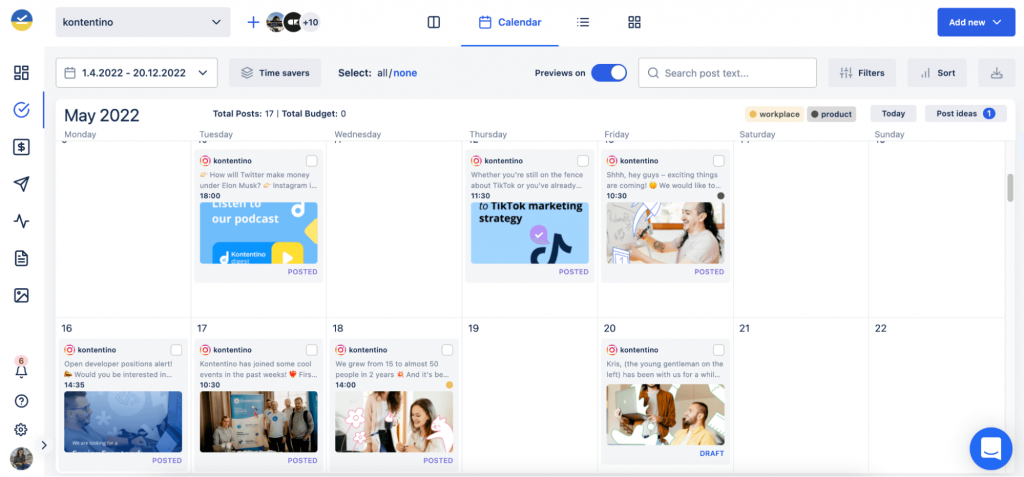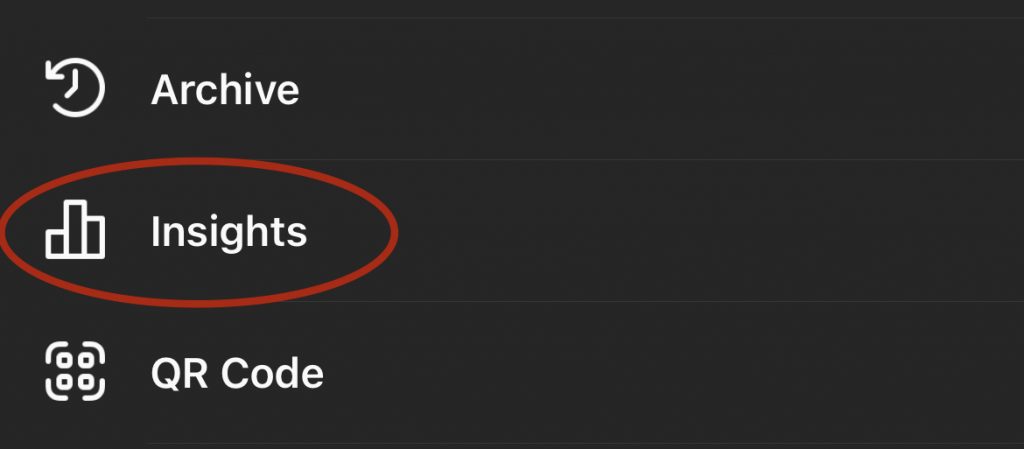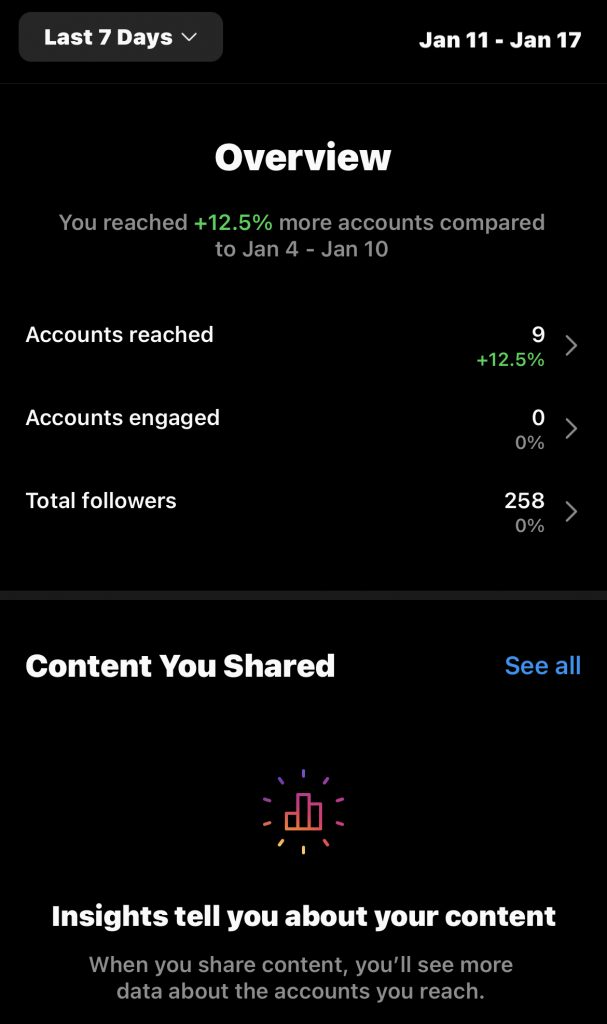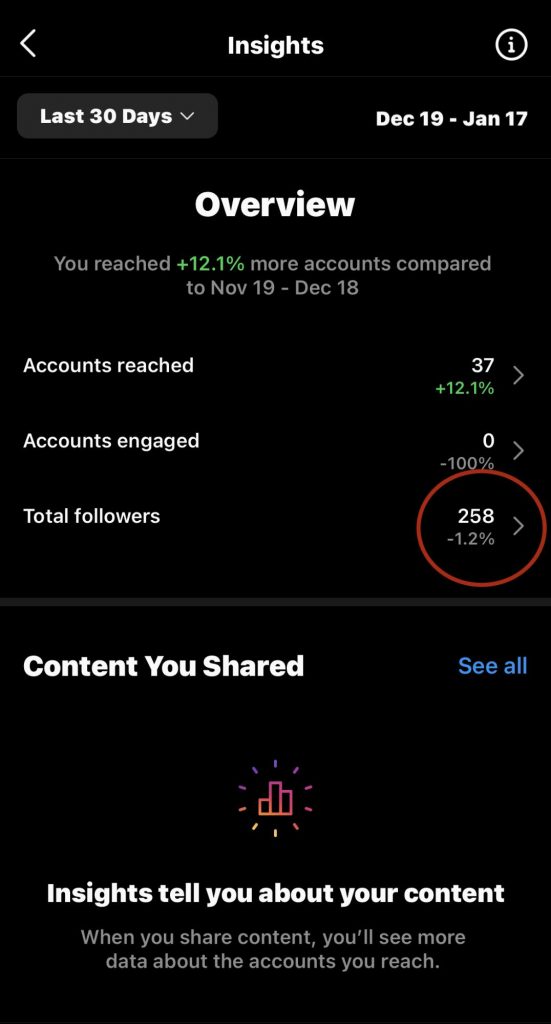12 LinkedIn Scheduling Tools for 2024
Tired of the LinkedIn posting hustle? You’re not the only one. Many social media managers struggle with consistent and regular LinkedIn communication. Since LinkedIn isn’t just about LinkedIn company pages,...
If you’re a social media manager, you’ve probably asked yourself “How often should I post on Instagram?” We get it, there’s so much content vying for your followers’ attention. You have to find that sweet spot to keep people engaged while not overwhelming their feed.
Here’s how often you should post according to industry best practices:
Most brands share Instagram posts a minimum of 2-3 times per week and no more than 1-2 times per day.
That being said, there’s a lot more that goes into determining which posting frequency is right for you.
In this article, we’ll unpack the tactics, strategies, and best practices for choosing an ideal posting cadence including:
Short answer: yes, absolutely.
Long answer: How often you post on Instagram can have a big impact on your reach rate. For growing accounts, the incremental gains from each new post are significant. Much more so than that of larger accounts with steady followings.
Content marketing has skyrocketed to the top of every marketing team’s to-do list. Commensurately, so have the effects of banner blindness and audience fatigue.
There’s usually one key difference between a stagnating account with dwindling engagement and a growing one. The quality of the content. If you want to bring in new customers/users, create valuable content every single day.
So keep in mind not to shake your relationship with your followers. Don’t inundate them with spammy offers, irrelevant posts, and promotions.
We get it though, social media management is hard. If you’ve tried keeping your posting schedule manually, you’ll know it can be messy and time-consuming. In case that’s you, social media management tools like Kontentino are here to help.

💡 Schedule your posts, reels, and stories to be directly published from Kontentino.
The adoption of reels has skyrocketed in the past year. An estimated 2 billion people interact with Reels every month. If you’re a marketer, this shouldn’t come as a surprise. Instagram is trying to compete with TikTok, shifting away from its roots as a photo-centric platform. As a result, Instagram Reels has become a central focus for social media teams. And rightly so.
While the amount of Reels you post per week plays a part in how much reach your videos get, the hook and actual contents of your videos matter much more.
As Reels become increasingly important, marketers are asking themselves “How many Reels should I post in a day?” The industry standard is to post 4 to 7 Reels per week to increase your follower count as much as possible. There’s room for variance though. Thought leaders like Gary Vaynerchuck post as many as 4-6 Reels per day.
If you’re going to be posting Reels as frequently as Gary, we recommend scheduling your Reels ahead of time. That way, you’ll save yourself the headache of manually posting every day.
Fun fact: Reels get an average of 40% more engagement on Instagram than regular posts. To capitalize on that boom in organic reach, make sure your videos provide value. As you hone your content, listen to feedback and check your analytics as often as possible.
In a recent Q&A, Adam Mosseri who is the Head of Instagram touched on the ideal posting frequency for growth on the platform. When asked about Instagram stories, he recommended brands post “….a couple of Stories per day.”
Some brands have taken a sporadic approach to how often they post Instagram stories. While some household names like Gymshark share up to 10 stories per day, others like Calvin Klein don’t even post one
All in all, sharing stories is a great way to keep your audience engaged. Now you know the industry standard, use your own discretion when determining how many you post.
Just keep in mind: the more stories you post, the more likely you are to engage your followers. If you provide value, they will keep coming back for more.
Now that you know how often you should post reels and stories, there’s one more remaining piece of the puzzle. Your Instagram feed.
When talking about feed, this section focuses on static images and carousel posts, as we’ve already covered reels above.
For example, it can be a visual that communicates a product launch. A photo of your team during team building. Or a carousel packed with tips for your audience.
For brands that maintain a healthy mix of stories, reels, carousels, and single static images, it’s best to post 2-3 feed posts per week. That’s the industry standard.
If you post in the feed together with the other Instagram content types, you might risk overloading your audience. Our recommendation: try and test posting more or less, analyze the data, and collect feedback from your audience.
With recency being a major factor in ranking a post on Instagram, choosing the right time to post is pretty important. If more people engage with your post within the first hour of posting, your organic reach rate increases.
Though experts still don’t have an exact answer for when to post on Instagram, generally the best engagement is seen between
x
Data is the backbone of every social media strategy. Unfortunately, that data is often hard to find. The constantly-evolving algorithm has made it difficult for brands to unearth critical insights. These challenges present themselves when determining the optimal posting frequency for Instagram.
When taking a data-driven approach, incrementality is king. Can growth be attributed to any one activity (a social post, ad campaign, etc.)? How much of an incremental impact did that activity have on your KPIs?
For determining the best time to post on Instagram for your account, use theprofessional dashboard inside the Instagram app. The dashboard lets you view content performance and audience insights. You can measure reach rate, impressions, shares, and accounts engaged.
Now we’re going to show you how to set up an experiment and use performance insights to find a posting cadence that works best for you.
Accessing Insights in your professional dashboard:

You’ll be greeted by your home tab. It should look something like this:

From the home tab, you can:
To track the results of the experiment, we’ll monitor your account activity in the Overview section.

Focus on the following metrics:
You’ll be measuring the impact of your posting cadence on these metrics within a 7-day window.
Here’s how to structure your experiment:
Here’s an example:
Before the experiment, you note that you engaged 200 accounts, had 258 total followers and reached 1,000 unique accounts.
For the next 7 days, you run a cadence experiment where you double your Instagram posting frequency.
After the 7-day experiment you note that you engaged 250 accounts, had 300 total followers, and reached 1,700 unique accounts.
Pay attention to the increase/decrease from the previous 7 days.

Measure the results, draw a conclusion, test the conclusion, rinse and repeat. Eventually, you’ll determine how posting frequency impacts your KPIs, if at all.
You can also use Insights to see during which times and which days your audience is most active. Using this data you can tailor your schedule and have your content show up in front of your most engaged followers.
Here’s how you can access this data:
In the Insights section, tap on Total followers

Scroll down until you reach the Most Active Times section.

Here you can see activity data based on Hours and Days.
Social media schedulers are time-saving miracle workers that you should add to your arsenal. They help you consistently manage, schedule, and track your content.
With Kontentino, you can create a dynamic content calendar and schedule posts in advance. This helps you maintain a consistent posting schedule and monitor your posting frequency. You’ll see what you’re posting on Instagram and other channels, all in one place.
Just upload your content, schedule it for delivery, and boom. You’re done.
Whether you manage social media for your team or you do it for clients, Kontentino makes collaborating with key stakeholders a breeze. All thanks to its intuitive approval and communication solutions.
Following this guide will help you figure out how often you should be posting on Instagram.
While the numbers we cited here are a solid guideline for most businesses, listening to your audience is important. What kind of content is resonating with them the most? During what time of day are they most active?
Use the experiment we cited to gather important data and tailor a personalized posting cadence. Staying data-driven will really push your profile (and bottom line) to new heights.
Maintaining a steady posting schedule is key, but it’s crucial not to overlook the business side of things. The time, effort, and resources poured into crafting and managing Instagram content should be tracked efficiently to ensure the endeavor remains profitable. Efficient project tracking aids in assessing the financial viability of your social campaigns.